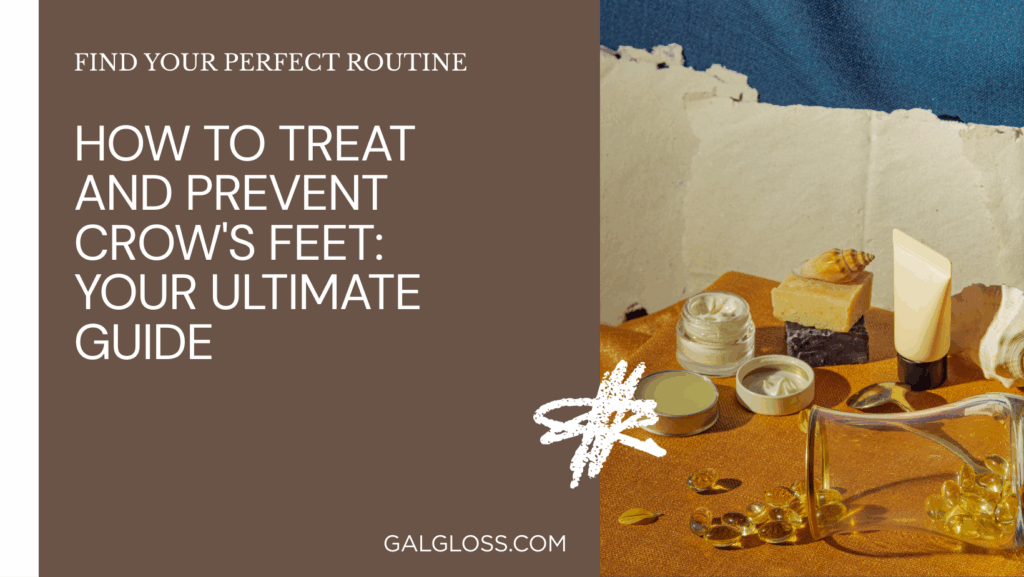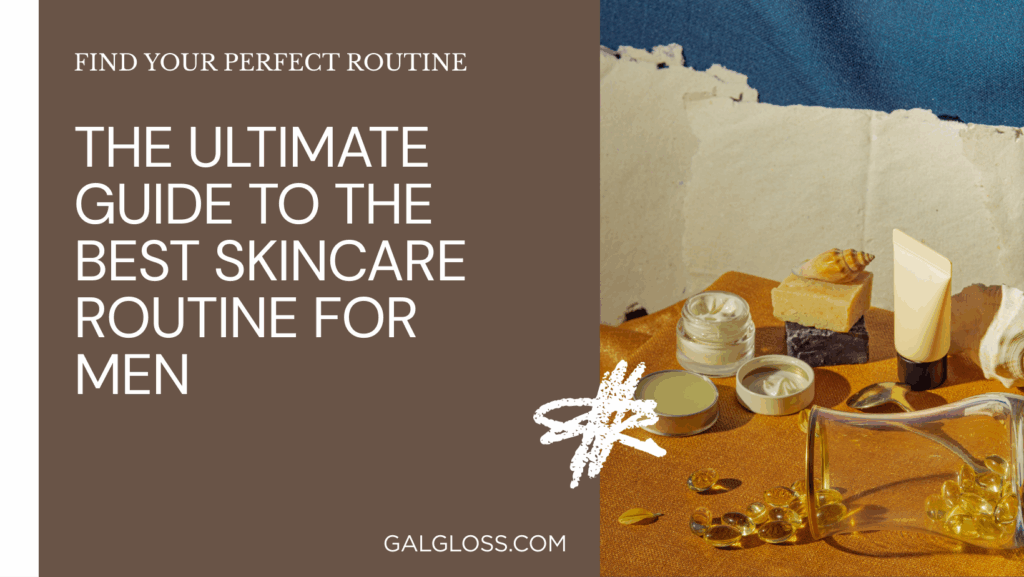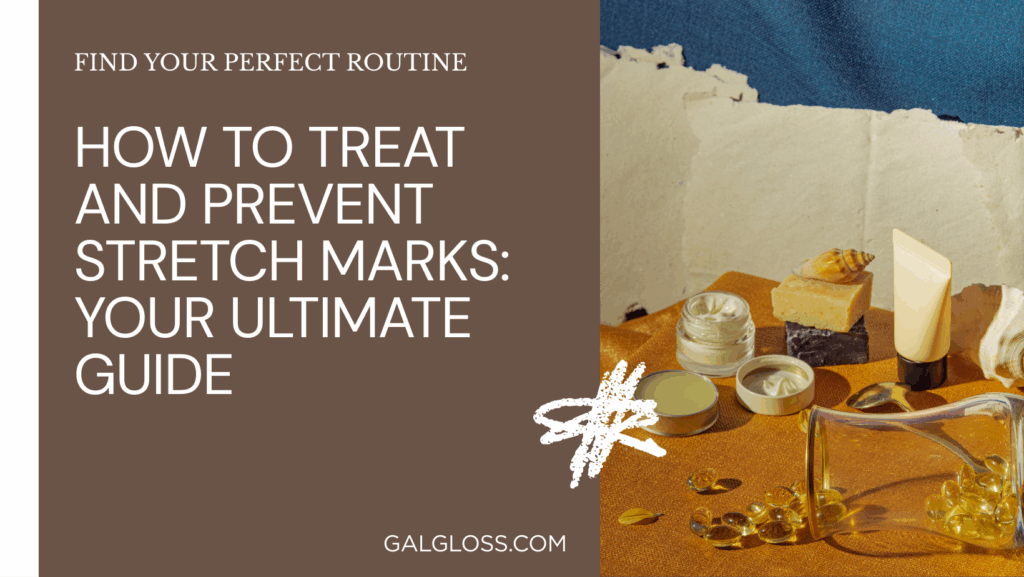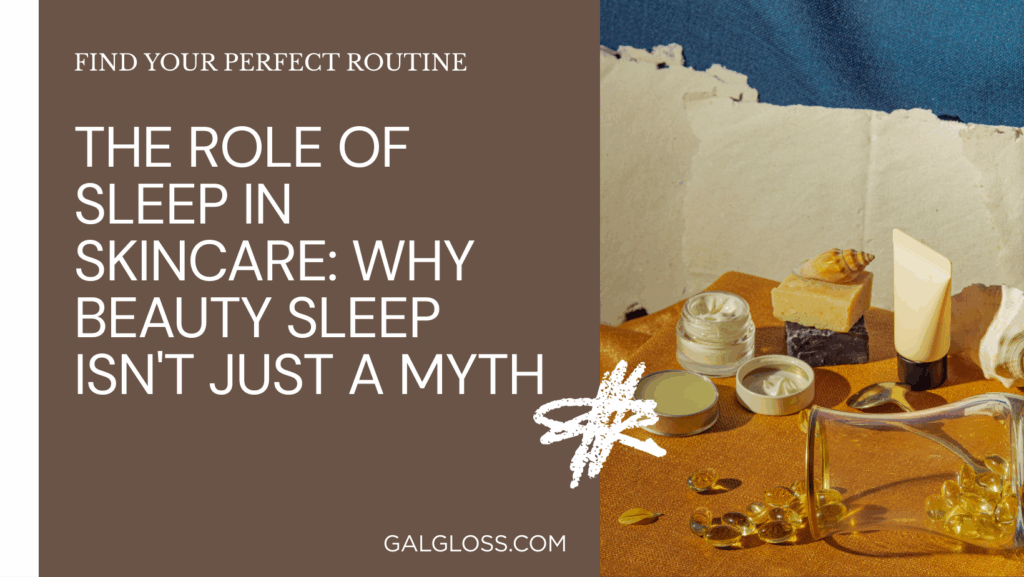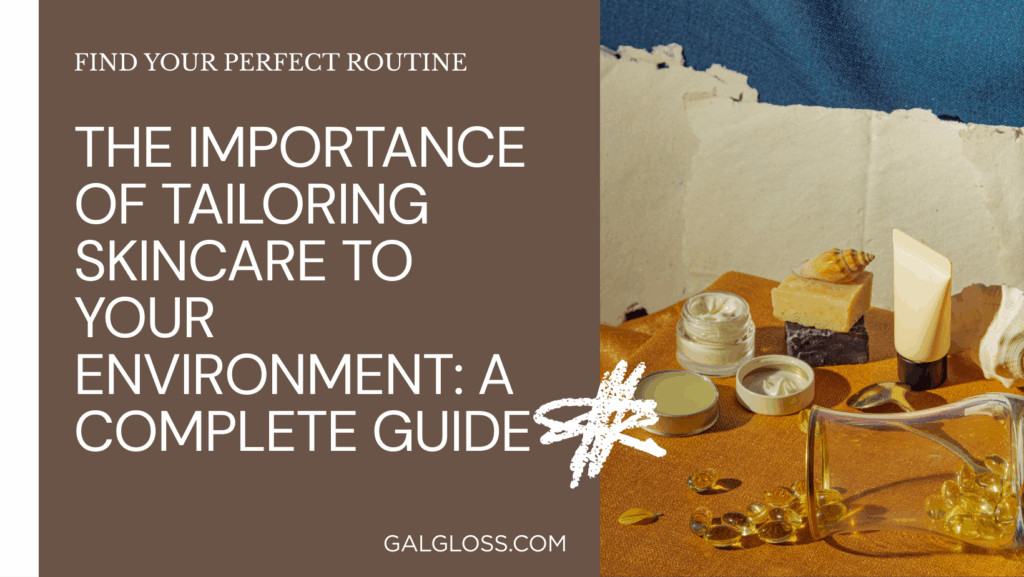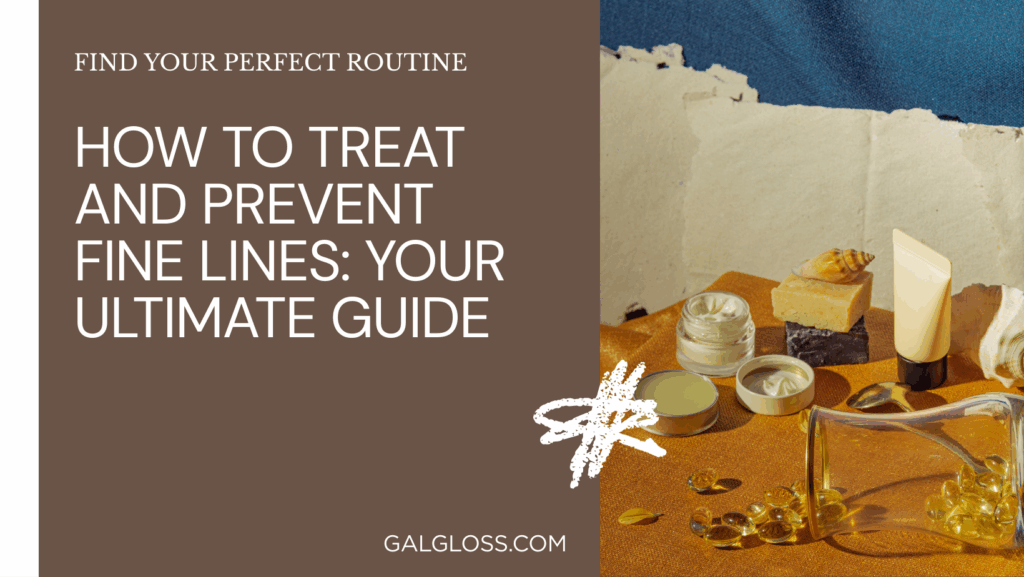Ever caught sight of those pesky dimples on your thighs or buttocks? You’re not alone. Cellulite, often described as having an “orange peel” or “cottage cheese” appearance, is a common concern for many. But what exactly is it, and more importantly, how can we tackle it? Let’s dive into the world of cellulite treatment and prevention.
Understanding Cellulite
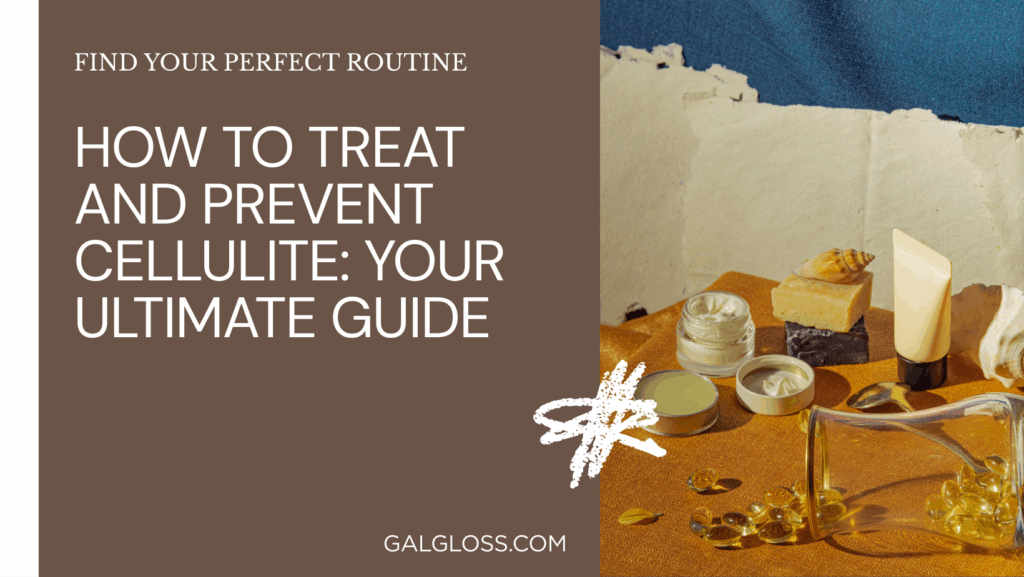
Cellulite is that dimpled skin that makes you think twice about donning your favorite swimsuit. But here’s the kicker: it’s incredibly common. Up to 90% of women experience cellulite at some point in their lives. Men aren’t entirely off the hook either, though it’s less common for them.
So, why does cellulite happen? Simply put, it’s when fat deposits push through the connective tissue beneath your skin. This creates that characteristic dimpled appearance we all know (and don’t love).
What Causes Cellulite?
Several factors contribute to cellulite formation:
- Hormones: Estrogen plays a role in cellulite development.
- Genetics: Your genes can predispose you to cellulite.
- Diet and lifestyle: Poor nutrition and lack of exercise can exacerbate cellulite.
- Age: As we get older, our skin loses elasticity, making cellulite more visible.
Types and Grades of Cellulite
Not all cellulite is created equal. There are three grades:
- Grade 1: No visible cellulite when standing or lying down, but pinching the skin reveals dimpling.
- Grade 2: Cellulite is visible when standing, but not when lying down.
- Grade 3: Cellulite is visible when standing and lying down.
Common Myths Debunked
Let’s bust some cellulite myths:
- Myth: Only overweight people get cellulite. Truth: Even thin people can have cellulite.
- Myth: Cellulite is just fat. Truth: It’s a combination of fat, fluid, and fibrous tissue.
- Myth: Creams can eliminate cellulite overnight. Truth: No quick fix exists; long-term lifestyle changes are key.
Natural Remedies for Cellulite
Ready to take action? Let’s start with some natural approaches:
Diet Changes
What you eat can impact cellulite. Try incorporating:
- Lean proteins
- Fruits and vegetables
- Whole grains
- Healthy fats (like avocados and nuts)
Avoid processed foods, excess sugar, and too much salt. These can lead to fluid retention and worsen the appearance of cellulite.
Hydration
Water is your friend in the fight against cellulite. It helps:
- Flush out toxins
- Improve skin elasticity
- Boost circulation
Aim for at least 8 glasses a day. Your skin will thank you!
Exercise Routines
Get moving to combat cellulite:
- Strength training: Build muscle to smooth out dimpled areas.
- Cardio: Burn fat and improve circulation.
- Yoga: Increase flexibility and reduce stress (which can contribute to cellulite).
Try this simple routine:
- Squats: 3 sets of 15
- Lunges: 3 sets of 10 per leg
- Glute bridges: 3 sets of 12
- Plank: Hold for 30 seconds, 3 times
Massage Techniques
Massage can help break down fatty deposits and improve circulation. Try these:
- Dry brushing: Use a natural bristle brush on dry skin, moving towards your heart.
- Self-massage: Use your knuckles to knead cellulite-prone areas.
- Foam rolling: Roll out your thighs and buttocks to break up fascia.
Topical Treatments
Looking for something to slather on? Here are some options:
Over-the-counter Creams
Many creams claim to reduce cellulite. Look for ingredients like:
- Caffeine: Helps dehydrate fat cells
- Retinol: Thickens skin and improves texture
- L-Carnitine: Aids in fat metabolism
Remember, results aren’t instant. Consistent use over weeks or months is key.
DIY Remedies
Try these home remedies:
- Coffee scrub: Mix ground coffee with coconut oil for an exfoliating, circulation-boosting scrub.
- Seaweed wrap: Apply seaweed gel to problem areas, wrap in plastic, and let sit for 30 minutes.
- Apple cider vinegar massage: Mix ACV with water and massage into skin.
Professional-grade Products
Some higher-end products contain more potent ingredients. But remember, they come with a heftier price tag and aren’t miracle workers.
Non-Invasive Treatments
Ready to step it up? Consider these non-invasive options:
Radiofrequency Therapy
This treatment uses radio waves to heat the skin, promoting collagen production and fat breakdown. Results can last 6-12 months.
Ultrasound Therapy
High-frequency sound waves target and destroy fat cells. It’s painless but may require multiple sessions.
Cryolipolysis
Also known as “fat freezing,” this method cools fat cells to break them down. It’s effective but can be pricey.
Endermologie
This massage technique uses a machine to knead the skin, improving circulation and lymphatic drainage.
Invasive Treatments
For those considering more drastic measures:
Liposuction
While it removes fat, liposuction doesn’t necessarily improve cellulite and can sometimes make it more noticeable.
Mesotherapy
This involves injecting a mixture of vitamins, minerals, and enzymes into the affected area. Results vary, and it carries risks.
Dermal Fillers
Fillers can temporarily smooth out dimpled areas, but they’re not a long-term solution.
Lifestyle Changes for Prevention
Prevention is better than cure. Try these lifestyle tweaks:
Stress Reduction
Stress can worsen cellulite by increasing cortisol production. Try:
- Meditation
- Deep breathing exercises
- Regular exercise
- Hobbies you enjoy
Sleep Quality
Poor sleep can affect hormone levels and skin health. Aim for 7-9 hours of quality sleep each night.
Hormonal Balance
Hormonal imbalances can contribute to cellulite. Consider:
- Eating a balanced diet
- Reducing alcohol and caffeine intake
- Regular exercise
- Talking to your doctor about hormone testing
Long-Term Strategies
Beating cellulite is a marathon, not a sprint. Here’s how to stay on track:
Maintaining Results
Once you’ve seen improvement, don’t slack off. Continue with:
- Regular exercise
- Healthy eating
- Hydration
- Massage and skincare routines
Combining Treatments
For best results, try a multi-pronged approach:
- Diet and exercise
- Topical treatments
- Non-invasive procedures (if desired)
- Stress reduction and good sleep
Realistic Expectations
Remember, cellulite is normal and common. While you can improve its appearance, complete elimination might not be realistic. Focus on overall health and feeling good in your skin.
Conclusion
Whew! We’ve covered a lot of ground in our cellulite-busting journey. From understanding what cellulite is and why it happens, to exploring a range of treatments from natural remedies to invasive procedures, we’ve left no stone unturned.
Here’s the bottom line: there’s no one-size-fits-all solution to cellulite. What works for your best friend might not work for you. The key is to find a combination of strategies that fit your lifestyle, budget, and comfort level.
Remember, cellulite doesn’t define you. It’s a normal part of many people’s bodies. While it’s okay to want to reduce its appearance, don’t let it stop you from living your best life. Rock that swimsuit, wear those shorts, and remember that confidence is the best accessory.
As you embark on your cellulite treatment journey, keep these key points in mind:
- Consistency is crucial. Whether you’re trying diet changes, exercise routines, or topical treatments, give them time to work.
- A holistic approach often yields the best results. Combine healthy eating, regular exercise, good sleep, and stress management for overall health and skin improvement.
- Be wary of miracle cures. If something sounds too good to be true, it probably is.
- Listen to your body. If a treatment doesn’t feel right or causes discomfort, stop and consult a professional.
- Celebrate your progress, no matter how small. Every step towards a healthier you is a victory.
In the end, the goal isn’t perfection – it’s feeling comfortable and confident in your own skin. So here’s to smoother days ahead, and to loving the skin you’re in, dimples and all!
